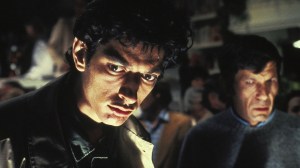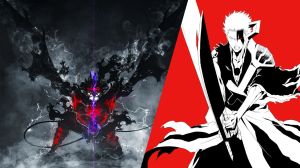Last week, readers were treated to the first issue of Supergirl: Woman of Tomorrow, the latest solo stint in DC Comics for the titular maid of might. The eight-issue adventure follows Kara Zor-El trying to avoid her past on an unfamiliar alien planet, only to be pulled into a brutal mission by Ruthye, a young girl seeking revenge at any cost. The two of them — as well as Krypto the Superdog — are thrown into an intergalactic adventure, one that has already proved to show readers new sides of the Girl of Steel.
Videos by ComicBook.com
Penned by Mister Miracle and Batman writer Tom King, with art by Wonder Woman and The Dreaming artist Bilquis Evely, Supergirl: Woman of Tomorrow is sure to take readers on a journey that they might not be expecting. In celebration of Issue #1’s recent debut, ComicBook.com got a chance to talk with King about the process of bringing the series to life, and why he believes Supergirl deserves to always be a prominent part of the larger DC universe. We also spoke about the collaborative process with Evely, the series’ unique message of hope, and even got an exclusive sneak peek at Woman of Tomorrow #2!
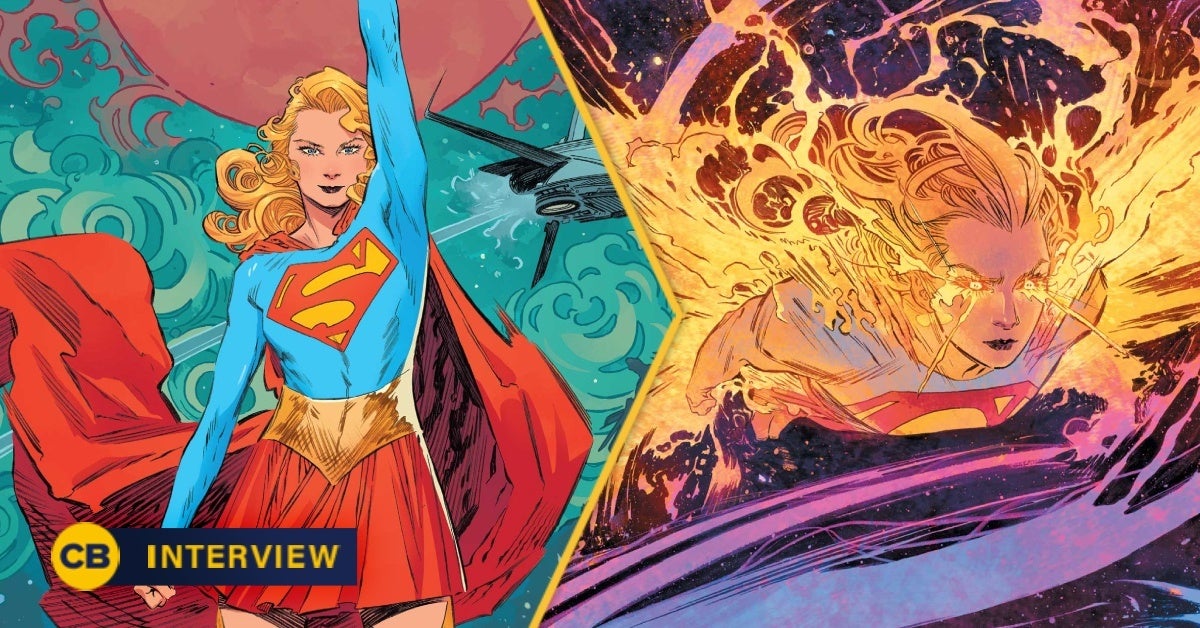
ComicBook.com: What drew you to writing Supergirl: Woman of Tomorrow? It feels like a combination that makes so much sense, but is a really interesting pairing.
Tom King: My editor — whom I love, who I’d worked with on Batman – had moved over to the Super offices, from Batman to Superman. We were just, one day, discussing the problems with why the Super characters have always traditionally — not even traditionally, but after the 1980s they’re now selling worse than the Bat characters. And I was like, “I don’t get it, because I love them. I love all these characters. They’re all so cool.”
He was like, “Man, we’re having a lot of problems selling the Supergirl series.” I was like, “Wow, she’s badass. She has this amazing origin story.” And he was just like, “You seem passionate about this character. Do you want to pitch for her?” And that was as easy — It just started with me being incredulous, that I was like, “I just don’t understand why Supergirl is not [selling more.] She’s one of those characters that lives in your subconscious. You can’t even remember the first time you heard of Supergirl, because it was when you were one year old. She should be a central part of the DCU.”
Those were my marching orders — how can we make her awesome? And I was like, “Okay, that’s a great assignment. I’ll take that. I’ll take that every time.” How can we make someone awesome [even more] awesome? That’s easy.
I love that. I completely agree. I was also really curious about the decision to put her in a very fantasy element, because it feels like a lot of the stories that have been told with her recently are just traditionally cosmic or more earthbound.
The pitch was originally — and remained — it’s a cosmic pitch. It’s a Space Western. It’s a Western in space, where they’re traveling from place to place, planet to planet. That’s how it started originally. And I was reading —this is super nerdy, but I was reading a Back Issues magazine, an issue about bondage comics, and they did a [list of] Top 50 Conan stories. I had not read so much Conan growing up, and I was like, “This is amazing.” It was one of those things where you read a Top 50 list, and you want to read all fifty things. Mostly for the art. I mean, the art is just transcendent. So then I started reading these Roy Thomas, Barry Windsor-Smith, John Buscema Conan issues, and I was just like, “This world is so much fun. Oh man, you know who’d kick ass in this world? Supergirl. She would be amazing in this.” That’s where we started with Issue #1. Let’s put Supergirl in a Conan world.
I’d just written this trilogy of comics, which was very much about 2020 and 2019, and sort of the era of no hope. And Supergirl was my first entry where it seemed like there was a possibility that hope would come. I was like, “Okay, there’s going to be a time after this pandemic, and after the insanity of — I don’t want to be political, but after the insanity of the Trump-ness.” I want to create a comic book about how awesome superheroes are. I write a lot of comic books that are deconstructions of superheroes, and how sad they are, looking out windows crying. I feel like this is going to be the roaring ’20s again, and we need to make something that’s just straight-up cool. So that’s what I decided — Supergirl in a Conan environment, that’s straight-up cool.
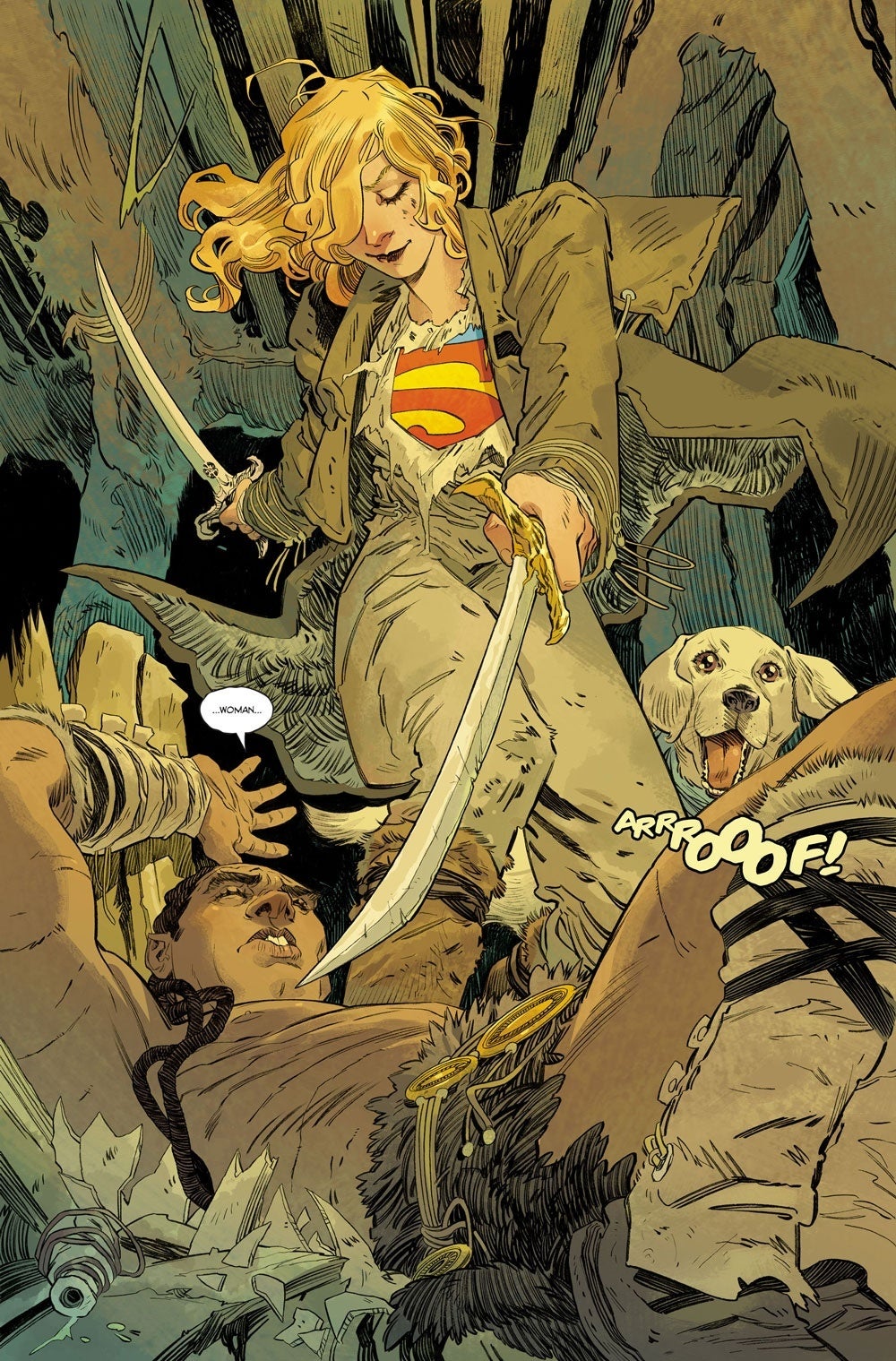
On social media, you mentioned that you hope to make this Supergirl’s All-Star Superman. Outside of that and the Conan influence, are there any other sources of inspiration for the series?
A lot of it originally was Bilquis, because when I said I wanted Supergirl, and then my editor was like, “We talked with this artist” — as soon as he said Bilquis, I was like, “Oh, I just won the lottery.” She, in the very beginning, [put together] a mood board. It was these Moebius things — these late ’70s, early ’80s, French-influenced, where you pull the camera back and you see the landscapes. What you think of when you think of Moebius’ Silver Surfer in space, or something like that.
I just wanted to get Bilquis to say yes, so I would say yes to anything she asked. And I was like, “Yeah, that’s exactly what we’ll do. We’re going to lean into that artwork, lean into that mood board of crazy alien landscapes.” And give her room to shine, and just show that she’s one of the best artists in comics. So that’s sort of where my alien mind was — how can I get something where I can have Bilquis show off?
That ties perfectly into my next question — what was the collaborative process like, in coming up with all of the world of Woman of Tomorrow? Because it feels so fully realized, to the point where it almost felt like a Silver Age concept that was plucked out of obscurity.
It very much comes from my Superman: Up In the Sky experience, where I was working with Andy Kubert. It’s funny, because it’s like the opposite spectrums, where Andy has been around for — I won’t say how long Andy’s been around, because he’ll hit me. [laughs] But if anyone’s ever read my scripts, they’re very bare minimum. There’s a scene like Supergirl in a bar, like a Conan bar, it shows simply that. When you have trust in your artist, and when you know that she can do things better than you can, you give her room.
Right from the beginning, it was, “Okay, I know this is someone who knows how to create worlds. Let her create them.” I’ll give her the general themes of this world. And we have different [worlds] — there’s a world of dinosaurs, and there’s a world that’s suburban ’50s America. I basically took different metaphors, and she turned them into alien planets.
You touched on how you hope Woman of Tomorrow is more hopeful, but that being said, I do love how the first issue tackles PTSD and grief. I was curious about your approach to her origin story and her trauma, and still trying to find hope in all of that.
Anyone who’s read my work knows that hope is never ignoring pain, but it’s acknowledging pain and overcoming pain. That’s a big difference. I think this has been — not the problem with Supergirl, but a lot of people who approach her, they approach her with sort of preciousness, which I think she herself would object to. This is someone who doesn’t need to be treated with kid gloves. She doesn’t have to be the perfect symbol of everything in every single panel. This is someone who’s been through something, and has been forged by something. And acknowledging that it’s happened, I think, is one of the cool aspects of her.
When I first got the project, I called Steve Orlando, because he worked on Supergirl, and we talked it over. He was the one who pointed out to me the difference between Supergirl and Clark, and his emphasis on it was really mind-blowing. He was like “Clark escaped the Holocaust. He was born on this planet, and the Holocaust is a memory to him. It’s something he reads about in books, or sees on the TV. But to Kara, she was there. It was something she lived through with her eyes. And not just once, but she lived through it three times. She escaped it on this little piece of the planet, and the little piece of the planet fell apart, and it fell apart more until she was the last one left. When you’re fourteen and you go through that stuff, it has a profound effect on you. It weakens you and hardens you at the same time.”
Getting to that, that’s why she’s awesome, is because she’s not denying it, but showing how that drives her strength. In the same way that we show in a billion comics that Batman’s cool because he survived his parents’ death, we can show that same awesomeness that people love in Batman is also in Supergirl.
What would you say surprised you the most while working on Woman of Tomorrow?
I didn’t realize Kara swears so much. You start writing a character and she’s much more cynical. I love writing Superman, he may be my favorite character in the world to write. The thing about Superman is, he’s good, and he makes the right decision, and he’s happy with that right decision. You follow the story where that goes. Kara is that too, she’s not going to make the bad decision, but she’s a little cynical about it, a little hardened. She’s willing to roll her eyes at it more than Clark is. There’s an edge to her optimism that I didn’t expect to find here.
This whole thing started out with — and this was my editor’s suggestion — it’s very much the real Western, True Grit kind of thing that’s [been] done a thousand times, with a mentor and a mentee on a search together. I had started off where she’d be in the mentee role. Like she’d find Lobo, and Lobo would teach her how to be hard, and she’d get tougher. Then my editor was like, “No, she should be the mentor.” I was like, “Oh yeah. She’s already Rooster Cogburn, she’s already John Wayne. She doesn’t need someone to teach her to be that.” So that surprised me, just how much she’s the Man With No Name, and how cool she is.
What can you tease about what fans can expect in the next couple of issues? Is there anything you’re particularly excited about?
For people who are fans of wonderful nineties comics, which I am, because I grew up on them, we did a tribute to Gary Frank and Peter David’s weird, very bizarre, Supergirl run where she has the angel wings. And so Bilquis does her own angel wings, and it looks amazing.
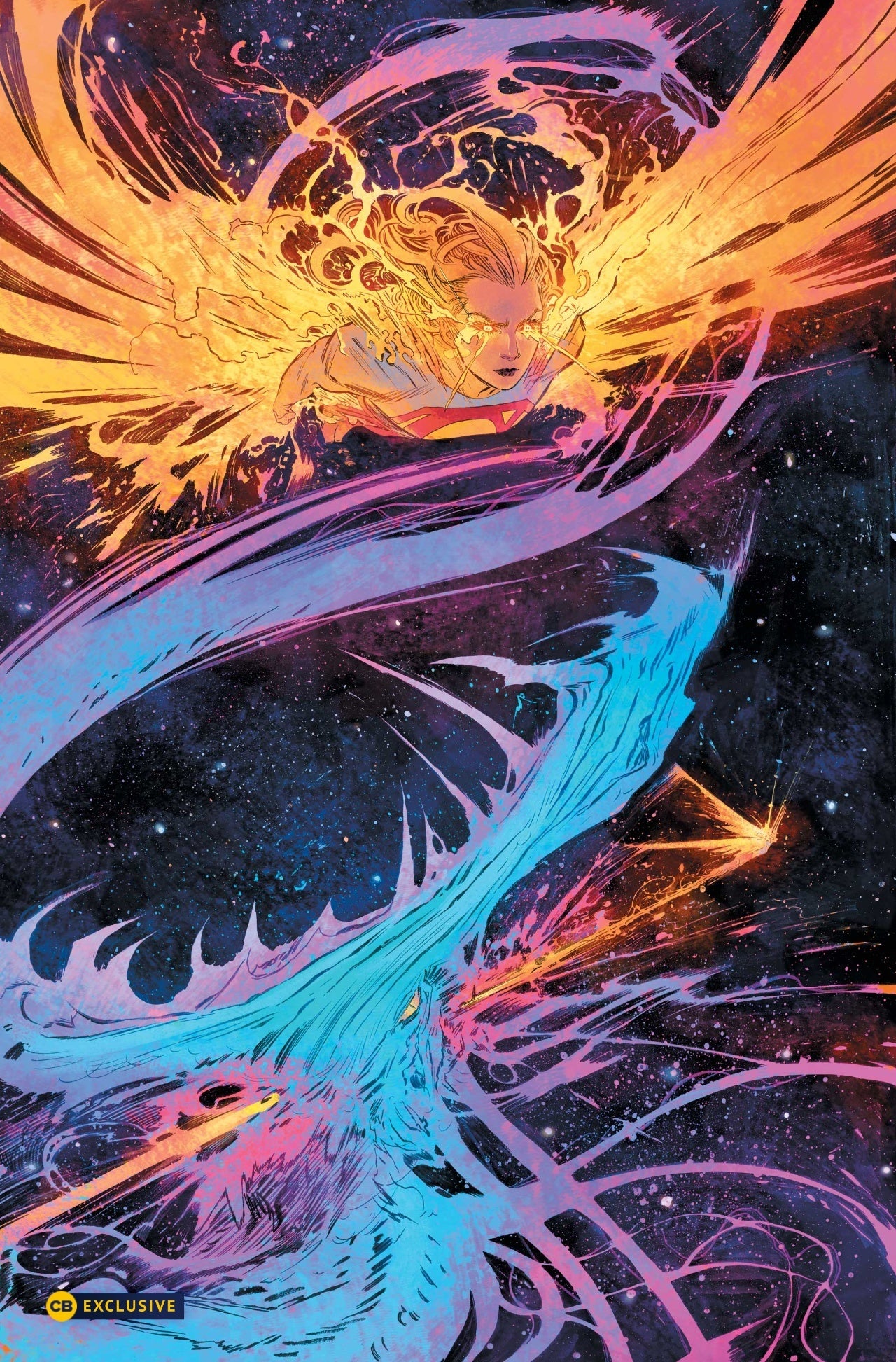
What do you hope readers take away from Supergirl: Woman of Tomorrow?
I write a lot of twelve-issue series. That’s probably what I’m most known for, with Vision and Mr. Miracle and all that. So of course, when they said Supergirl, I was like, “Great, twelve issues.” And they were like, “No, Supergirl can’t sustain 12 issues. The best we can do is eight, because the sales will just drop off and nobody will buy it.” So, my great hope is that the next writer who comes along and says, “I want to do Supergirl,” they’re like, “Yes, you can do as many issues as you want.”
She needs to have her own books. She needs to be prominent in the DC universe. She needs to be a character like Aquaman, like The Flash, like Green Lantern, where this is an automatic DC character that there’s always a book for men and women to reach out to and find an awesome Supergirl story.
***
Supergirl: Woman of Tomorrow #1 is now available wherever comics are sold. Issue #2 will be released on July 21st.
This interview has been lightly edited for clarity and length.

